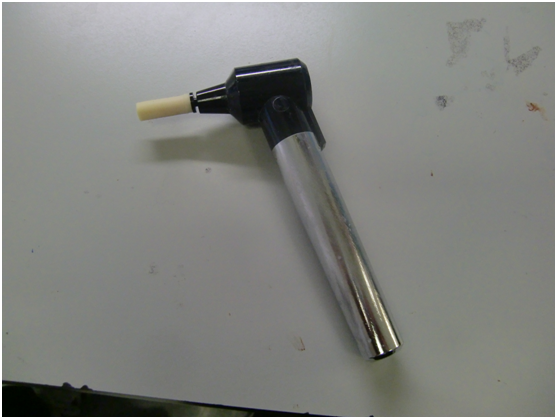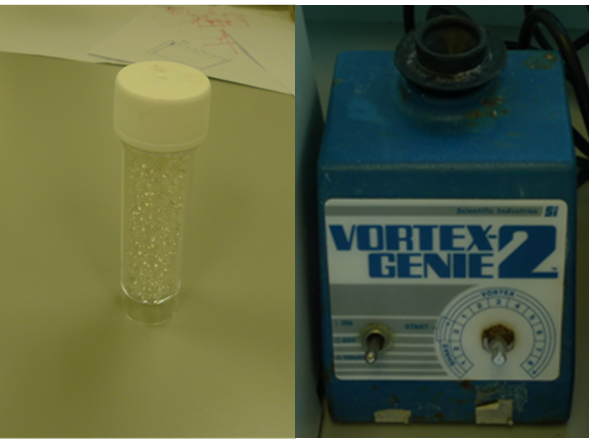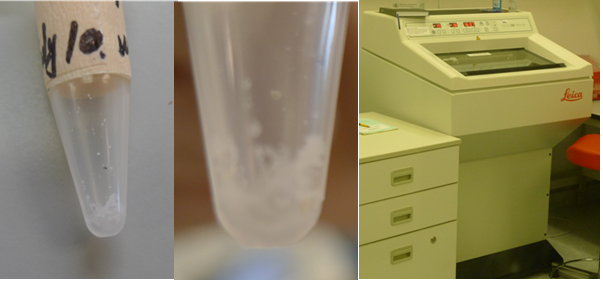Team:HKU-HKBU/Motor Preliminary Trials
From 2009.igem.org
(→Binding performance test using a membrane) |
(→Binding performance test using a membrane) |
||
| Line 45: | Line 45: | ||
The Immobolin-P membrane was first biotinylated and cut into very small pieces by human hands. Then, the membrane fragments were put into a mould made with aluminium foil and fixed into it with the help of glue. The mould along with the membrane fragment were cut with a Leica-crytomicrotome into further smaller pieces the size of 100umx60umx100um. | The Immobolin-P membrane was first biotinylated and cut into very small pieces by human hands. Then, the membrane fragments were put into a mould made with aluminium foil and fixed into it with the help of glue. The mould along with the membrane fragment were cut with a Leica-crytomicrotome into further smaller pieces the size of 100umx60umx100um. | ||
| - | [[Image:HKU-HKBU_motor_results_4.png| center | thumb | | + | [[Image:HKU-HKBU_motor_results_4.png| center | thumb |200px| ]] |
{{Team:HKU-HKBU/footer}} | {{Team:HKU-HKBU/footer}} | ||
Revision as of 12:36, 21 October 2009
Binding performance test using a membrane
Before the final version of motor that was using the photolithography photoetching method based on silicon, we did several trials to approach the qualified micromotor with the characteristics as:
1.It should be shaped into very refined tiny structures.
2.It should be able to undergo chemical modifications to coat the biotin on the surface.
3.It should be rigid and stable in the bacterial medium.
Here we report our trials by using Immobolin-P membrane which is easy to cut and coat with biotin.
Trial 1.The fragmentation of the Immobolin-P membrane with the help of a mini-homogenizer.
The Immobolin-P membrane was first made wet and consequently homogenized with a mini-homogenizer.
Results: The membrane could not be broken into small pieces
Trial 2.The fragmentation of the Immobolin-P membrane with a generated shearing force by moistening and followed by vortexing
The Immobolin-P membrane was first moistened, then it was put into a 10ml centrifugation tube. The tube was then totally filled with glass beads, and undergo vortexing subsequently.
Results: The membrane remained intact.
Trial 3.The fragmentation of the Immoboin-P membrane by moistening and the use of liquefied nitrogen
The Immobolin-P membrane was moistened and liquefied nitrogen was poured onto it. The membrane was broken into pieces by human hands.
Results: The membrane remained intact.
Trial 4.The biotinylation of the Immobolin-P membrane followed by the fragmentation process of the membrane by human hands
The Immobolin-P membrane was first biotinylated and cut into very small pieces by human hands. Then, the membrane fragments were put into a mould made with aluminium foil and fixed into it with the help of glue. The mould along with the membrane fragment were cut with a Leica-crytomicrotome into further smaller pieces the size of 100umx60umx100um.
 "
"



